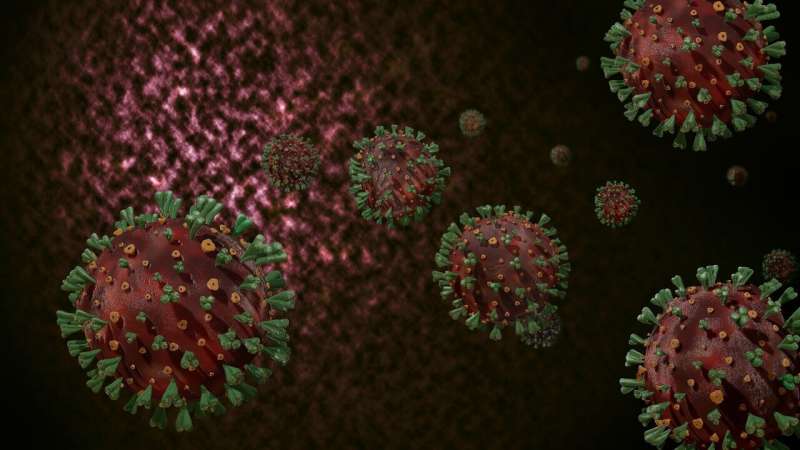Understanding variants of the coronavirus can offer clues about the next threats

Scientists are closely watching the emergence of variants of the coronavirus that may be more infectious. The spread of troubling variants in different parts of the world, including in the U.S., is happening as officials are racing to inject vaccines into the arms of adults.
Michael H. Peters, Ph.D., a professor in the Department of Chemical and Life Science Engineering in the Virginia Commonwealth University College of Engineering, talks about what scientists are learning about these variants, what could possibly be making them more dangerous and why vaccines are still a powerful weapon to fight COVID-19.
Why does the coronavirus have mutations and variants?
All viruses evolve over time. They’ve got some clever ways to try to evade our immune systems. For SARS-CoV2, the virus that causes COVID-19, we’re focusing on understanding the spike protein that densely decorates the surface of the virus that you see in pictures. A lot of the mutations and deletions are centered on the spike protein.
What does the spike protein do?
The virus uses the spike protein to latch on to epithelial cells that line our lung airways and vasculature. The spike protein has different configurations. When the protein’s receptor binding domain is in its “up” position, the spike protein is more exposed and can probably latch on more easily to the body’s cells. But in the “down” position, it is not able to bind so readily. Why wouldn’t it be up all the time? This is an important question that scientists are working hard to answer.
https://youtube.com/watch?v=YD3UWPSFPDA%3Fcolor%3Dwhite
What can the body’s immune system do to defend itself?
Think of the virus as a burglar trying to get into your house. Our immune system takes pictures of this perpetrator and saves those pictures. That’s what happens when you’re exposed to the virus, or you get a vaccine. Our (memory) immune cells and antibodies carry around those pictures of the perpetrator. When that perpetrator invades your house again, an immune cell lines up that picture with the intruder and asks, “Is that the one?” What makes our immune system so effective is that our immune police officers take many pictures: not just one side of the spike protein but also from the back, and top, and other side. The good thing is that they don’t need a consensus to act, they just go into action.
What do we know about how the virus changes between its “up” and “down” modes?
We looked at how this virus stabilizes itself in an up state or down state. One of the critical questions is: What keeps it in the down state? The protein has specific internal binding points of attachment that create the different configurations. We energetically mapped the entire spike protein looking for these “glue points” unique to the down-state configuration. I was able to find a possible latch that helps keep it down. We developed maps that identified those glue points.
How can a better understanding of variants help?
What we can do is start mapping sequences as they’re published against this glue-point map to see if there are any red flags. This is one way we could do a better job keeping up with the virus. If you find something that looks like it’s going to change configuration, we can dedicate our efforts to tracking that variant. You might want to reallocate resources and increase your sequencing efforts. We are in a race. We need to move as quickly as possible, gathering intelligence and planning attacks.
What do these variants mean for the currently approved vaccines—will they still work?
Source: Read Full Article
